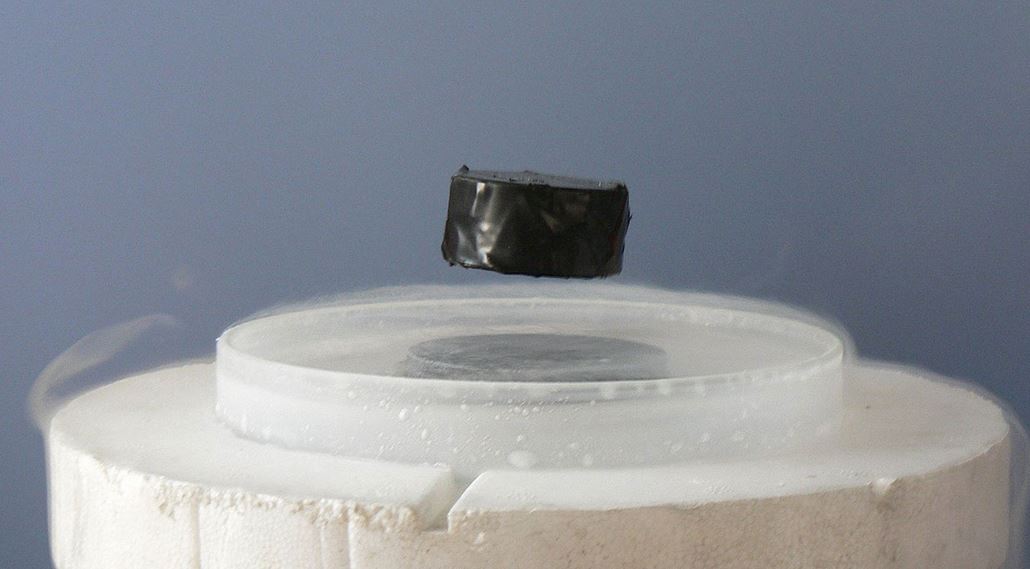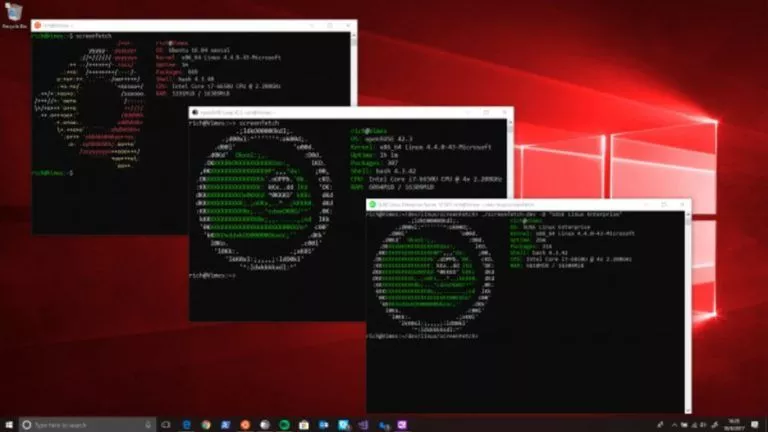Stinky Hydrogen Sulphide Is The Best Superconductor Yet, Breaks Record

 Short Bytes: Researchers have now discovered a compound that exhibits superconductivity at a record temperature of 203 K (–70 °C). The compound is none other than the stinking Hydrogen Sulphide (H2S) that gives the characteristic odour to your fart.
Short Bytes: Researchers have now discovered a compound that exhibits superconductivity at a record temperature of 203 K (–70 °C). The compound is none other than the stinking Hydrogen Sulphide (H2S) that gives the characteristic odour to your fart.
The first element to be freezed was Mercury that started showing superconductivity at 4.2 K or -269-degree celsius. That was a great achievement, but, as a realist even scientists knew that getting superconductivity at those temperatures won’t be of any use here on Earth. Striving for better and non-conventional superconductive materials, this time scientists have hit a bulls eye.
Massless Particles “Weyl Fermions” Can Change Electronics
In a research published in journal Nature, scientists have finally discovered a superconductor that is actually feasible. No, it is not any fancy metal alloy (cuprate superconductors) as most us have been imagining, but a humble fart.
Yes, you heard it right. It is Hydrogen Sulphide (H2S), the same gas that gives out that characteristics smell to the rotten eggs and to your fart.
The research, for a long time, was going on for the conventional superconductors, i.e. metals when supercooled below a Tc start to superconduct. The superconducting game is thus based on a sole number, and that is Tc or the critical temperature. The theory says lighter the metal, higher would be its Tc. The lightest element in our periodic table is Hydrogen, but it is not easy turn it into a metal. But, Hydrogen compounds, when subjected to enough pressure turn into a metal which is much more feasible than pure hydrogen.
Future Of Optical Communication: LED Flips 90 Billion Times Per Second
The study is done by Mikhail Eremets, Alexander Drozdov and their colleagues at the Max Planck Institute for Chemistry in Mainz, Germany on samples of H2S. When they applied around 150 gigapascals (1.5 million atmospheres) and froze H2S at temperatures below 203 K, the samples exhibited signs of superconductivity, i.e. zero electrical resistance and a phenomenon known as the Meissner effect.
The study is remarkable and has given a new direction to the researchers working on superconductive materials. Other teams across the world (in the US, China and Japan) too have been working on samples of H2S, but are yet to confirm to this achievement.
Currently, scientists are altering the crystal lattices of the samples of H2S, replacing the atoms of sulphur with phosphorous, and changing the experimental conditions for better results.
One thing is for sure, superconductivity if achieved on practical temperatures is bound to change the dynamics of this world.
Check out our homegrown product viralnews.fossbytes.com for hottest tech news on the web. For more updates and interesting stories, subscribe to fossBytes newsletter. [newsletter_signup_form id=1]





